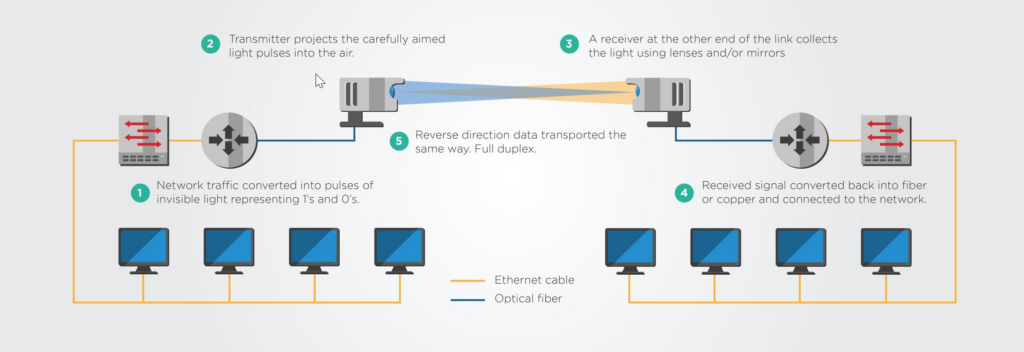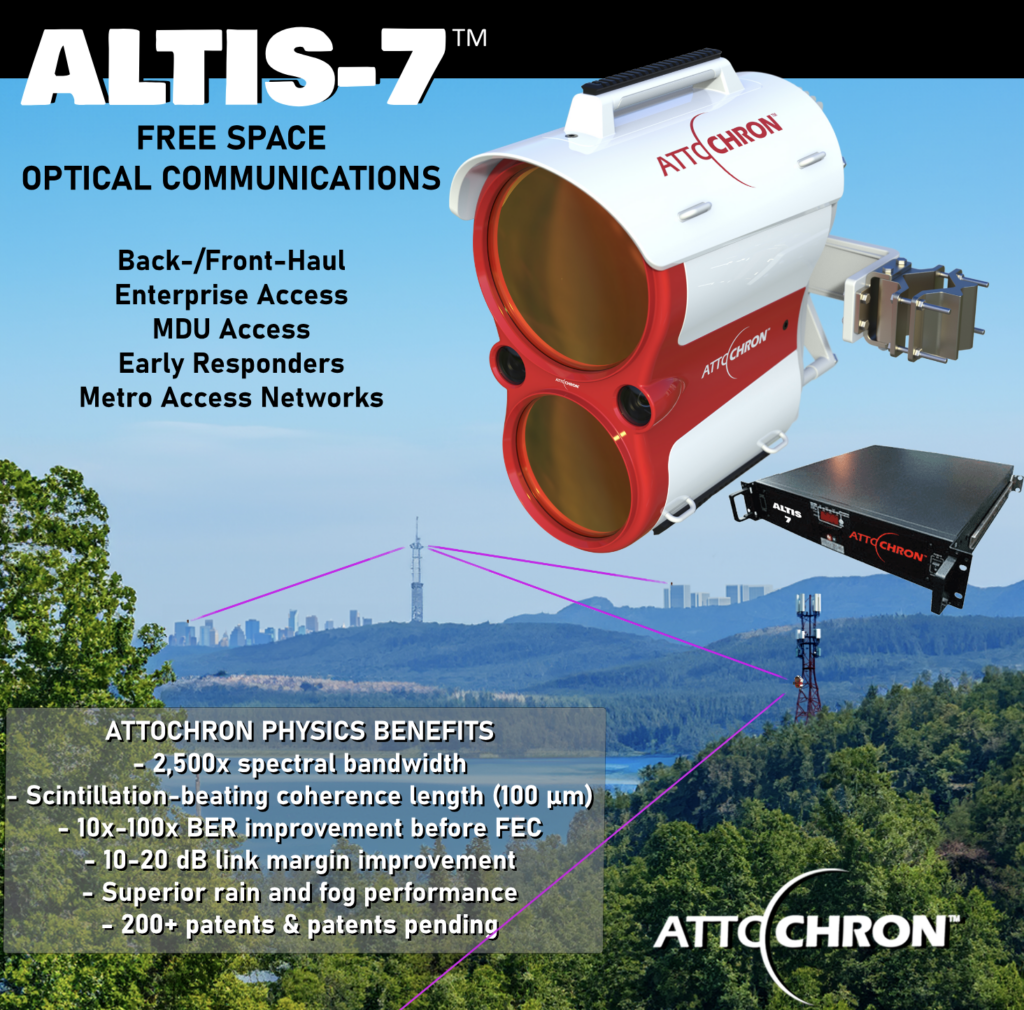In broadband internet, the “last-mile” problem remains a daunting challenge. This gap impacts many businesses and homes when a reliable final stretch of infrastructure is missing, preventing connection to the main internet network. Rural and remote areas especially feel this pain, as constructing the necessary infrastructure can be expensive and difficult. However, a promising technology may provide a solution: free-space optics (FSO). Very simply, these are lasers capable of transmitting data over great distances.
What’s Happening & Why This Matters
Free-space optics isn’t new. NASA experimented with this technology as far back as the 1960s, and many have considered it a potential alternative to fiber optics. Unlike traditional broadband cables, lasers can transfer data wirelessly, making it an attractive option for hard-to-reach areas. One of its main advantages is that lasers can transmit data without needing any licenses or regulatory approvals, which typically bog down other technologies such as 5G.
But despite its potential, FSO has faced issues with weather interference. Fog, rain, and even minor air turbulence can affect the laser signal, which requires a clear line of sight between the transmitter and receiver. These weather conditions have historically hindered the commercial application of FSO.
That may change soon with Attochron, a Virginia-based company that has developed a new version of this technology after more than two decades of work. Attochron’s product, the ALTIS-7, aims to overcome traditional FSO challenges with two key innovations: using extremely short pulses of light and employing a broader spectrum of light to increase signal stability. This could solve problems with disruptions caused by changing air conditions, giving FSO a renewed shot at commercial success.

Attochron has already demonstrated the capability of its technology, achieving impressive data transmission speeds comparable to fiber optics. In a recent test, the company partnered with a major telecommunications provider to run a 1.5-mile laser link at speeds of 1.25 Gbps, with the potential to exceed 10 Gbps.
Potential, Opinions, and Roadblocks
The core appeal of Attochron’s solution lies in its cost and ease of deployment. Installing fiber optic cables, especially in remote areas, can cost upwards of $250,000 to $1 million. By contrast, Attochron’s FSO setup costs around $30,000, and installations can be completed in a matter of hours. This could make laser technology an attractive option for businesses, government agencies, and military applications.
Though the technology is not yet available for the average consumer, Attochron’s lasers could serve as a reliable and secure method for bridging the last mile in corporate settings. Additionally, they may be useful in places where radio signals are heavily congested, such as airports, or where data security is crucial.

While Attochron’s innovations are exciting, some experts are cautiously optimistic. Hazem Refai, a telecommunications expert from the University of Oklahoma, notes that the technology appears promising on paper, particularly because it bypasses the need for FCC licensing. However, James Osborn, a physicist from Durham University, points out that the technology’s complexity might limit its effectiveness. He questions whether its speed potential can match current broadband standards. Still, the added security benefits and ability to cover previously inaccessible areas make it a project worth watching.
TF Summary: What’s Next?
Attochron’s next step is scaling production and commercializing its solutions. With initial testing underway and positive early results, the company plans to expand deployment of its ALTIS-7 systems. The primary target is businesses that need fast, reliable broadband. The road to widespread laser broadband adoption is far from clear, but if Attochron overcomes the hurdles that have plagued previous FSO attempts, it may offer ar remedy bridging the digital divide in rural areas and beyond.
The success of Altis-7 technology depends on how well it handles real-world conditions and if the cost advantages outweigh potential limitations in speed and complexity. Nonetheless, laser-based data transmission could soon provide an efficient alternative to more costly fiber optics.
— Text-to-Speech (TTS) provided by gspeech


